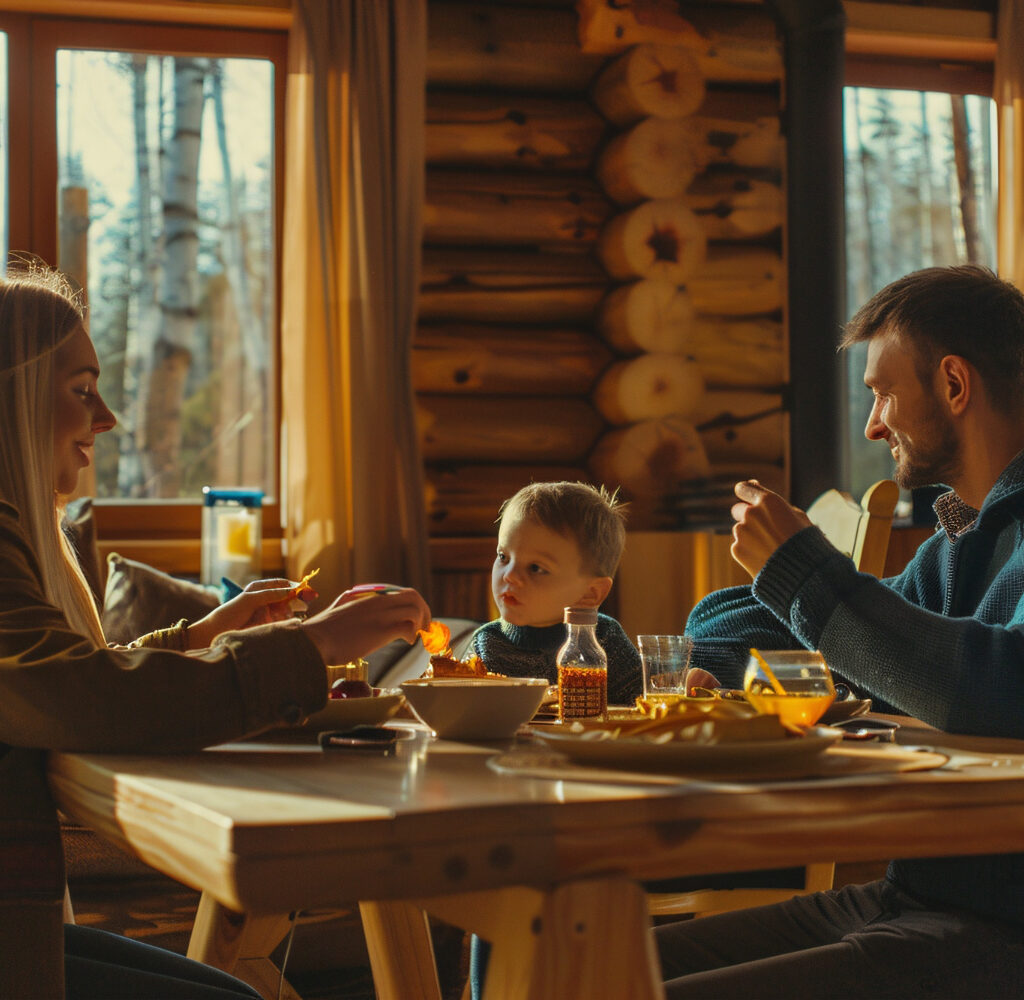One way to get to know a culture that is rich in history, but able to adapt and move with the times is by looking at how they have dinner. New eating habits are created as the taste of food changes over time which then again reflects wider social changes but still stays true to german values. In this article we will look into what really counts as a German dinner at home — those things that have remained constant over years, and others which have changed.
The Traditional German Dinner: Abendbrot
The “Abendbrot” or evening bread — essentially the heart of all german dinner traditions — may be just an ordinary light meal consisting mostly whole grain breads and rolls along with some good cheese, cold cuts (meats), sausages (wurst) mustard and pickles [“].It shows how much importance simplicity has in their value system; also stressing family and spending time together before going to sleep because however simple it seems, Abendbrot nourishes both body and soul.
Modern Shifts in German Dinner Practices
The traditional dinner setup has changed in modern times. Many people want to have a comforting, hearty dinner after a day at work hence meals are now heavier. Among the popular dishes served on contemporary German dinner tables are Schnitzel, Bratwurst with sauerkraut along with other specialities that provide for a more flavoursome culinary experience[“]. This transition does not lose the meaning of German dinners but instead adds another layer onto the already rich canvas of its cuisine.
Kaffee und Kuchen: A Timeless Tradition
In and amongst the hustle and bustle of daily life, there is one thing that remains constant – “Kaffee und Kuchen”. This afternoon pause similar to the British “tea time” allows for relaxation and self-indulgence over some coffee and cake. German cakes boast layers upon layers of cream, fruit and nuts which show off their baking skills however they still manage to keep it light unlike American desserts which can be too heavy sometimes [“]. This tradition reflects Germany’s love for simple pleasures in life; sharing moments with friends while enjoying some of our best treats were made possible by this wonderful country!
The Rise of Vegetarian and Vegan Alternatives
Germany, like the rest of the world, is also experiencing a shift towards vegetarian and vegan diet. It is estimated that 55% of Germans have chosen to go meatless in their meals; they only do so out of curiosity for new experiences as well as concerns about animal rights and environmental conservation. [“]This change in the way people eat at home reflects wider social ideals centered around sustainability and health consciousness which represents one of many important transformations in German eating habits over recent decades.
Cooking at Home: A Pandemic-Induced Trend
Culinary traditions globally were disrupted by COVID-19 pandemic including Germany. The closure measures implemented by governments meant restaurants could not operate normally leading to increased cooking within homes with up to 30% more Germans [“]. This has reignited passion for homemade dishes whilst emphasizing locality and seasonality thus strengthening ties between German cuisine and its roots.
International Cuisine: A Reflection of Diverse Tastes
However much people love their traditional foodstuffs there has been an expansion in what they consider good for consumption. Online data shows an increasing interest on Italian dishes such as pizza, lasagna or spaghetti bolognese being among top favourites [“]. What this implies is that Germany’s gastronomy has developed into a multicultural melting pot where both international and local flavours collide in perfect harmony.
Conclusion
German dinner customs are an interesting combination of traditional and modern. German dinner table demonstrates the history of that country’s cooking as well as its openness to new things starting with the simple bread meal called abendbrot shared among families to international dishes served in homes across germany. Sharing food is universally recognized as a great way to have fun, enjoy each other’s company and bond over something common. This also includes finding delight in those recipes that we know so well which bring back memories from childhood or times past while at the same time trying out different meals whose taste may be unknown until then but could become favourites soon after. Whether you want some ideas for your own dinners or are simply interested in what people eat around the world, there is plenty to discover about german culture through its vibrant dining scene.

